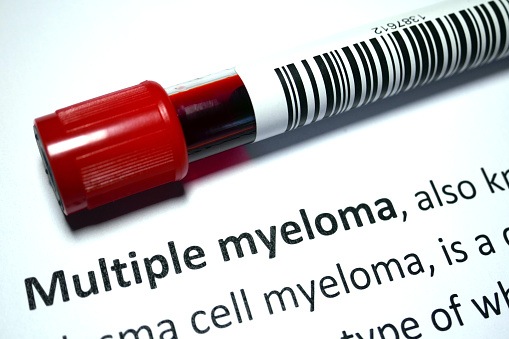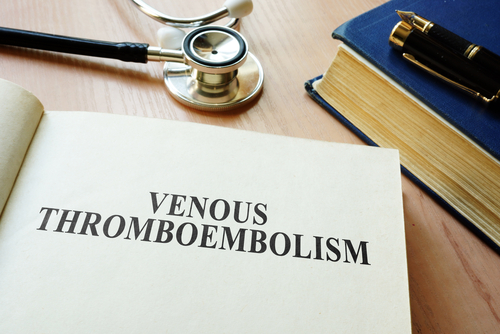
The incidence of venous thromboembolism (VTE) was higher in patients with COVID-19 than in patients with typical respiratory failure, according to a new study.
A new study looking to evaluate the incidence of VTE among mechanically ventilated adults with COVID-19 pneumonia and that of respiratory failure related to other causes included 70 eligible patients (57 with COVID and 13 without COVID). The researchers pulled clinical and laboratory data for all enrolled patients, and performed ultrasonography scans on days 3,7, and 14 after patients were discharged. Patients also submitted blood samples for analysis. The primary outcome of interest was a composite of VTE (with deep vein thrombosis, pulmonary embolism, and thrombosis at cath insertion site), with secondary outcomes of the cumulative incidences of each individual VTE event.
http://twitter.com/Mercedes_Bouter/statuses/1363221028932112392
According to the study results, the incidence of VTE was higher among those patients with COVID-19 than other respiratory failure (36.8% vs. 0%, respectively; P=0.023). The researchers reported that most VTE events occurred within one week of hospital admission. The also reported that COVID-19 was an independent risk factor for VTE in some critically ill patients with respiratory failure (OR=1.15; 95% CI, 1.05 to 1.30). It was also an independent risk factor for D-dimer concentration (1-ng/mL increase; OR=1.15, 95% CI, 1.05 to 1.30).
“Our study compared with previous ones has clear methodological improvements: prospective design, similar comparison group, and a systematic approach to diagnose VTE,” the researchers wrote. “The cumulative frequency of VTE from our study (36.8%) agrees with the aggregated frequency (35%) from previous studies that were included in our systematic review. Hence, our results reinforce the previous findings with less bias than the available literature.”
The added that “further studies are warranted to clarify the pathophysiology underlying these thromboembolic events, the patients’ prognoses, and the potential role of anticoagulation treatment in this setting.”
The study was published in the Journal of Thrombosis and Thrombolysis.







 © 2025 Mashup Media, LLC, a Formedics Property. All Rights Reserved.
© 2025 Mashup Media, LLC, a Formedics Property. All Rights Reserved.